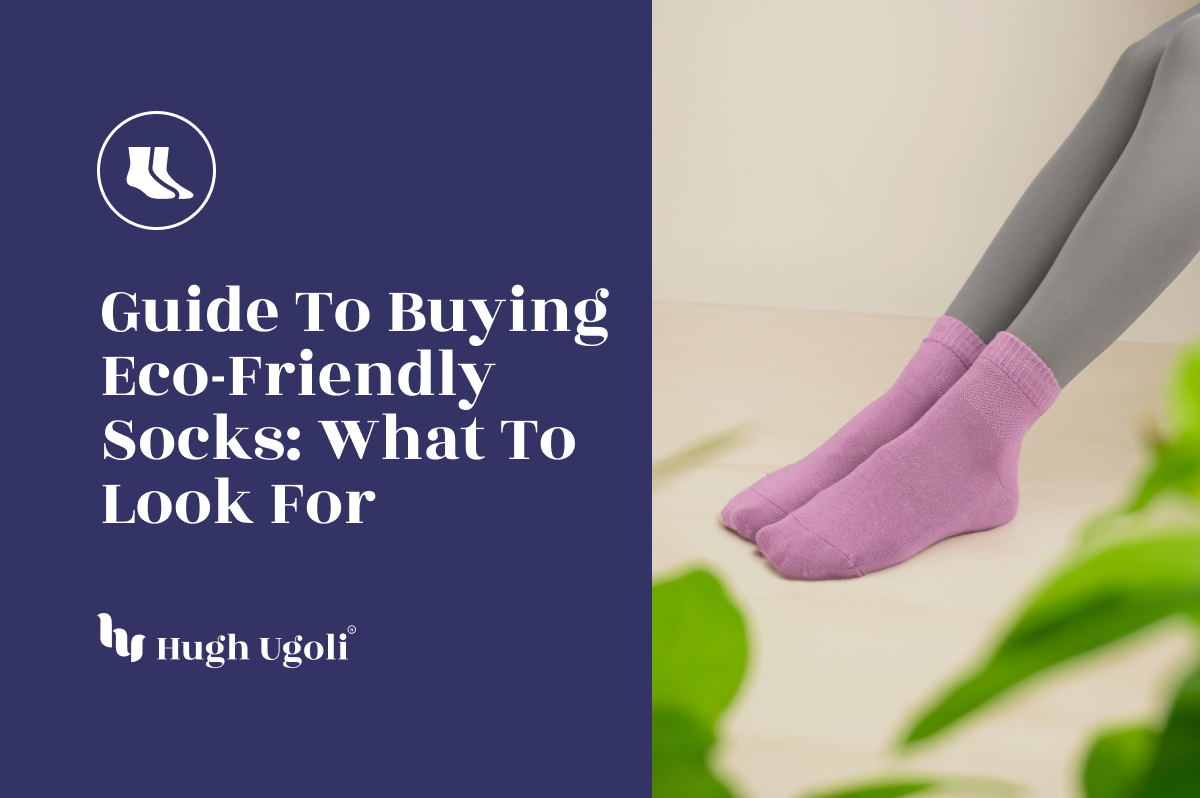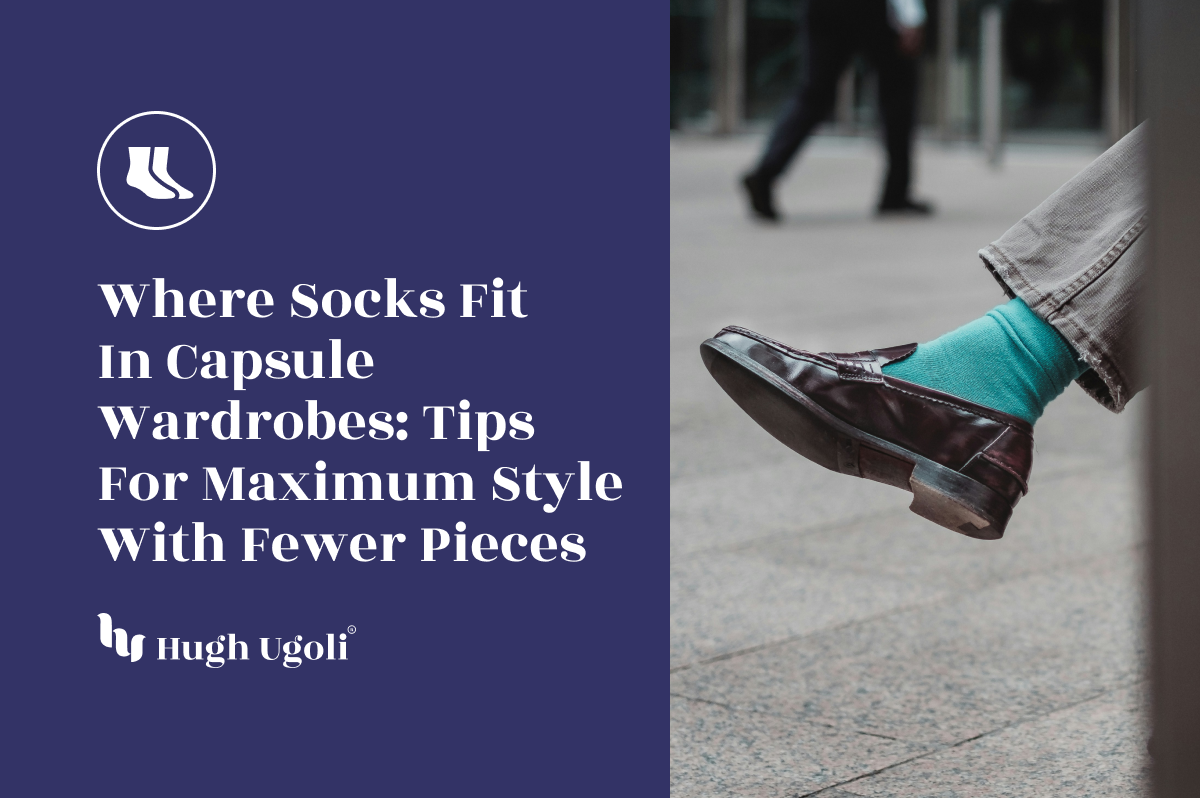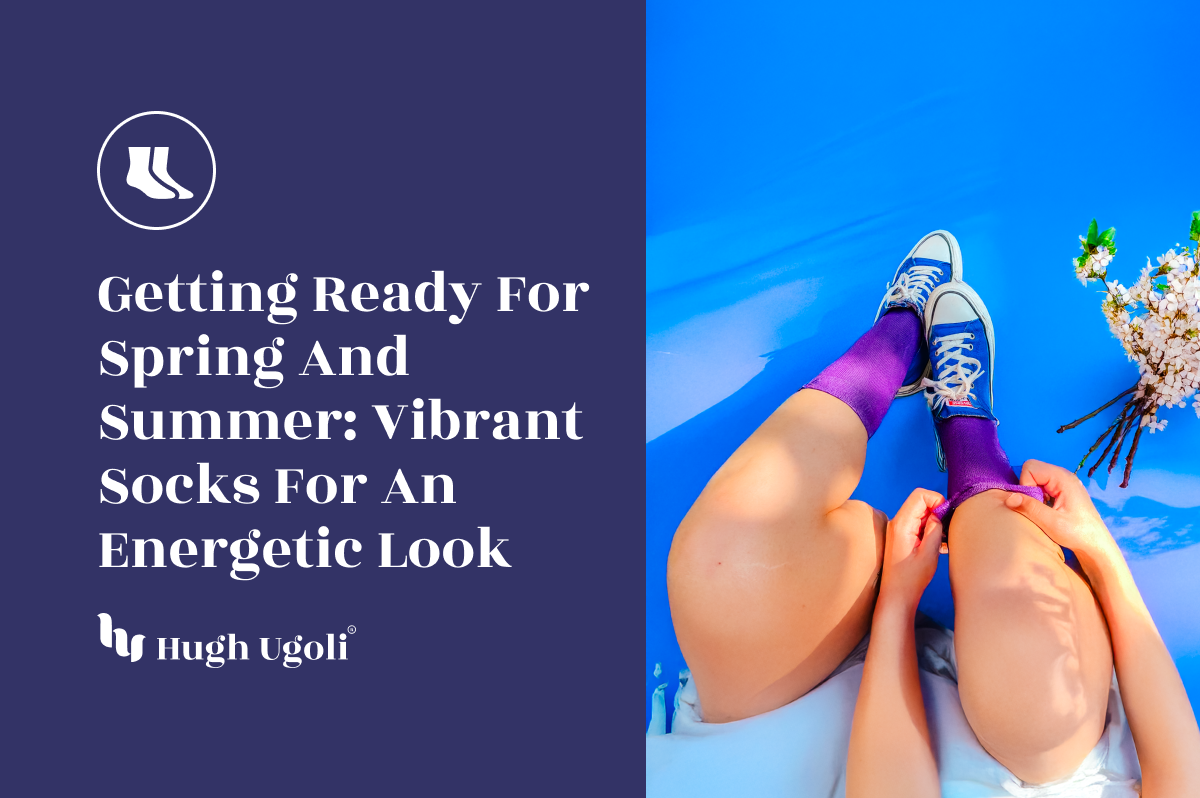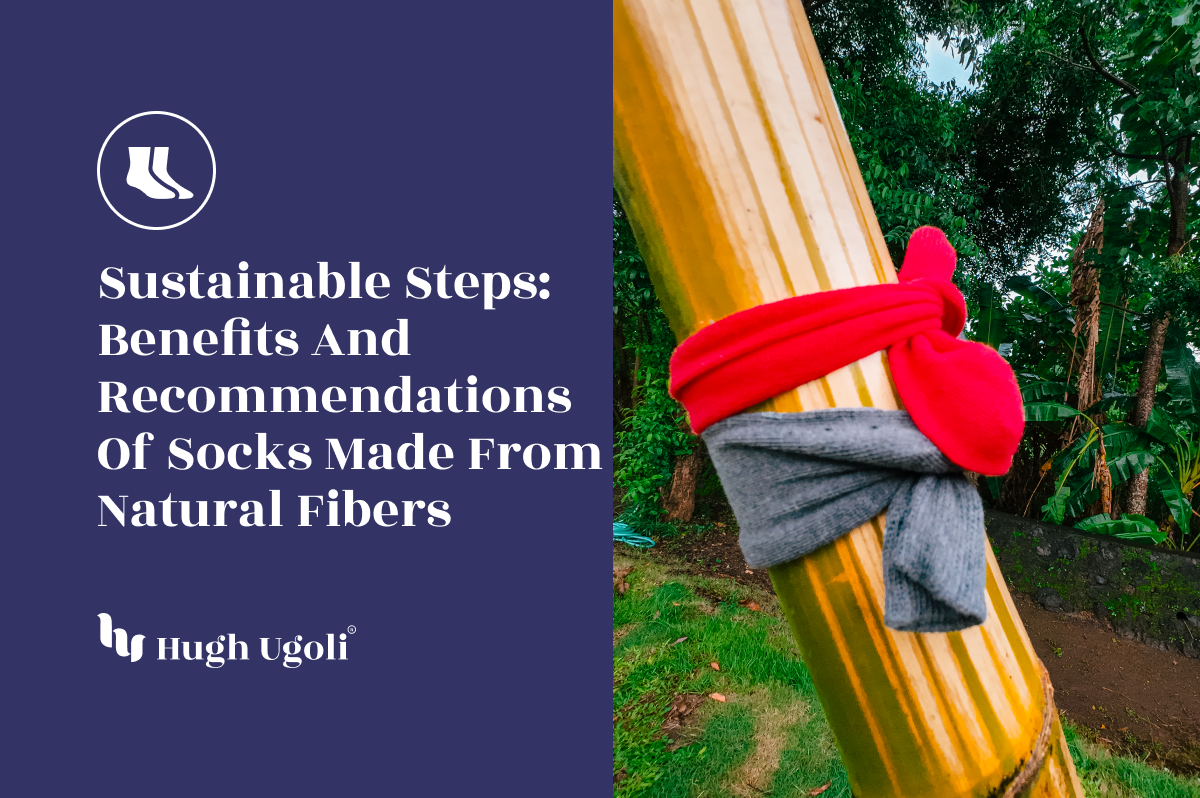When it comes to eco-friendly shopping, every little effort counts, especially in the world of fashion. Eco-friendly socks represent a significant step towards sustainability, offering both environmental benefits and personal comfort. This guide will help you understand what features to look for when buying eco-friendly socks and why making this switch is beneficial for both you and the planet.
The Importance of Natural Materials
Eco-friendly socks are typically made from natural materials that are renewable and biodegradable. Bamboo, for instance, is a popular choice because it grows quickly, requires minimal water and no pesticides, and has natural antibacterial properties that keep your feet fresh and odor-free. The Women's Comfortable Diabetic Bamboo Ankle Socks and Men's Lightweight Bamboo Diabetic Ankle Socks are excellent examples of how bamboo can be utilized to create socks that are not only sustainable but also extremely comfortable and beneficial for those with sensitive skin.

Sustainability in Production
Choosing socks that are produced sustainably involves looking at the entire production process. This includes everything from the harvesting of raw materials to the manufacturing processes used. Look for brands that use organic farming methods and ethical labor practices. For example, socks certified by environmental standards such as OEKO-TEX or those that have a Fair Trade certification ensure that the products meet strict environmental and social standards.
Checking Certifications: Ensuring Eco-Friendliness
When shopping for eco-friendly socks, it’s crucial to check for environmental certifications. Certifications like Global Organic Textile Standard (GOTS) ensure that textiles, from the harvesting of the raw materials to the final product, meet high environmental and social criteria. This assures you that the socks you are purchasing are genuinely eco-friendly and ethically produced.
The Role of Packaging
The packaging of products also plays a significant role in their environmental impact. Eco-friendly socks should ideally come in minimal, recyclable, or biodegradable packaging. This reduces waste and ensures that your purchase is as sustainable as the product itself. Look for companies that commit to environmental responsibility right down to how they package their goods.
Benefits of Supporting Eco-Friendly Brands
Supporting brands that produce eco-friendly socks encourages more companies to consider sustainable practices. When consumers prioritize sustainability, it pushes the market towards greener alternatives. By choosing eco-friendly socks, you are voting for a greener future with your wallet.
Eco-Friendly Features to Consider
When selecting eco-friendly socks, consider the following features:
- Biodegradable materials: Socks made from materials like organic cotton or wool degrade naturally and do not contribute to landfill waste.
- Moisture-wicking properties: Natural fibers like merino wool are not only sustainable but also excellent at regulating temperature and wicking moisture, keeping your feet dry and comfortable.
- Durability: Eco-friendly doesn’t mean you should compromise on quality. High-quality materials and construction mean your socks will last longer, reducing waste and the need for frequent replacements.
Wrapping It Up
Investing in eco-friendly socks is a step towards reducing your carbon footprint and promoting a more sustainable lifestyle. For more insights on the benefits and styling tips for bamboo socks, consider exploring the blog post Why Choose Bamboo Socks?, which provides additional information on why bamboo is a superior choice for sustainability and comfort.
Purchasing eco-friendly socks not only supports the environment but also promotes healthier living standards through the use of natural and non-toxic materials. As you look for the perfect pair, remember that every sustainable choice makes a difference.
















